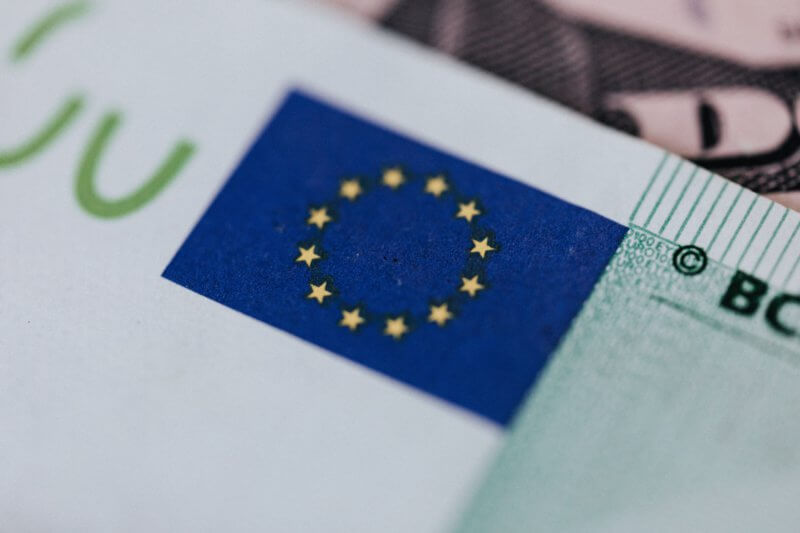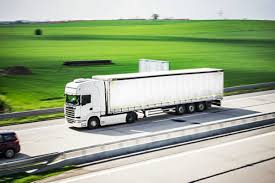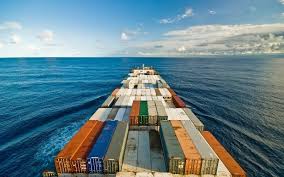This article is specific to United Kingdom eCommerce businesses that would like to start selling goods to EU customers.
We’ve previously shared an article on distance selling regulations that involves selling to the EU, however, since the Brexit update on July 1st, 2021, the rules have changed slightly. I will cover the main points. So, whether you’re starting off in business or your business is already doing well, this article is for you.
Expanding your customer demographics is always a smart way to grow your brand authority while also increasing sales. If you think European customers would benefit from your products, then read all the way through.
Table of Contents
ToggleSo, where do we start? How do we implement a new European sales channel? Well, we must consider more things than you might think.
Brexit changes have created more bureaucratic administration and shipping specifications, however, changes in VAT have been streamlined recently, making it easier for UK sellers when compared to previous years.
All this is easily manageable concerning your business once you’re educated on the subject. You simply need to do a bit of research before your business can prosper from cross-border eCommerce. As a note, it is always wise to seek legal counsel when dealing with sensitive aspects around your specific industry and business needs.
EU E-COMMERCE MARKET

The EU eCommerce market is healthy. Last year the European eCommerce market was worth €717 billion. With the gradual lifting of pandemic restrictions, more cross border travel and member state trade has begun to blossom again, including sales from the UK. Some of the most popular products sold in the EU include:
• Electronics
• Apparel
• Beauty products
• Perfumes
• Health supplements
• Toys
WHERE SHOULD I SELL IN THE EU?
It’s always a good idea to research a market before you decide to sell there. Before you implement news sales channels, it would be prudent to first assess your market and the corresponding product performance insights. Good questions to ask are:
1) IS THERE A MARKET FOR WHAT I’M SELLING?
For example, selling umbrellas to a country with minimal annual rainfall may not be the best idea. I.e.Is there a strong need for what I have to offer?
2) IS THERE A LOT OF COMPETITION IN THIS MARKET?
Are there already lots of umbrella sellers in the market already?
3) WHAT MAKES WHAT I’M SELLING UNIQUE FROM OTHER PRODUCTS SOLD IN THAT MARKET? WHAT’S MY SELLERS’ ADVANTAGE?
Does your umbrella also work as a parasol or does it easily attach to a golf caddy bag?
4) ARE THERE ANY BARRIERS TO ENTRY IN THE EU?
Eg. Is it too expensive to send? Are there any governmental limitations of entry (like CBD), or other products that might be banned (like food)?
For example, CBD is banned in Austria, Denmark, France, and Germany. Many new health and beauty products with this ingredient cannot be sold there.
HOW DO I START SELLING GOODS TO EU CUSTOMERS?
Selling via your online store to UK customers is the same as selling to EU customers. The main differences will be the maintenance around VAT and shipping items.
PHYSICAL ITEMS
Shipping physical items to the EU will require customs declarations before leaving Great Britain. You will also have to assign EORI numbers to all your products. I will go into depth for those later in this article.
Legally you must also remember to include distance selling contracts for every transaction. These are also known as “terms and conditions.”
DIGITAL ITEMS
When dealing with the sale of digital items across borders, it works practically the same as selling physical items, minus shipping concerns. You still must provide the appropriate distance selling contracts (i.e. Terms & Conditions)
EU VAT RULES AND REGULATIONS
VAT
If you’re a business owner, you are probably already aware of VAT. VAT is known as value-added tax at the point of sale. If you are selling transferred goods out of the UK, you don’t typically need to charge VAT. Most items sold like this are known as zero-rated items. This means goods are still VAT-taxable, as recorded in your VAT accounts and returns, but the charge to your EU customer is 0%.
WHAT ARE DISTANCE SELLING THRESHOLDS?
Before July of 2021 each EU member state had its own unique distance selling threshold. For example, some were €30,000 a year, some €85,000 a year, etc.
What this means is that if you sold above these thresholds within a given EU member state, you would be liable to paying VAT to those areas, just like you would to HMRC. If you weren’t anywhere near that selling threshold within a given calendar year, however, you didn’t need to register for VAT there.
Since July 1st, distance selling thresholds have been changed from varying state amounts to a uniform EU selling threshold.
THE NEW VAT THRESHOLD FOR ALL EU MEMBER STATES IS €10,000 A YEAR.
IOSS
To simplify the process of collecting VAT for non-EU member states, the IOSS was created. It stands for the import one-stop shop. It’s an online service for sellers in the UK and abroad to ensure the correct amount of VAT is issued to the member state. If you’re above the selling threshold of 10,000 within a calendar year, you want to register for IOSS.
CUSTOMS DUTY
On top of VAT, there is also customs duty. This type of tax needs to be paid on imported goods within the EU. Whereas VAT is normally calculated as a fixed percentage, customs duty can vary in cost. This cost depends on the specific goods you are selling to EU customers. To find the commodity code for your specific goods, go here.
ORGANISING SHIPPING TO THE EU
By using our 3pl courier network partners, shipping to the EU is easy.
NEXT DAY DELIVERY
Being able to get products quick to your customer matters. As we’ve discussed in our article the importance of next day delivery, only 32% of consumers are willing to wait 2 – 3 days for their deliveries.


During the pandemic people became used to faster delivery. Obviously, shipping to the EU can take more time. Therefore, using an experienced 3pl matters. You can use our courier network to accomplish quicker international delivery.
COURIER NETWORK
UPS AIR
For next day air to Europe, our clients use UPS. Prices will vary depending on the size and weight of what you’re shipping. Make sure you account for this when the final charges happen at checkout. Also, remember that customers are not fans of shipping charges. The best way to account for this is to include it is in the original price of the product. See our article about this idea called “free shipping: The actual cost and why you should offer it.”


CUSTOMS RULES AND REGULATIONS
Since the big arrival of Brexit, many systems for shipping goods have changed when travelling to the EU. When the UK was a part of the European Union it was relatively easy to ship items there with no major border controls. Now there are new systems in place to ensure more cross-border compliance for selling goods to EU customers.
EORI NUMBERS
EORI numbers are known as economic operators’ registration and identification system. What this means is that your product is classified into a particular category of numbers. You can find that number by going here. You will need this for any products travelling into the EU. They need to be specified on all product packaging, including your customs declarations.
CUSTOMS DECLARATIONS
As of July 1st, there are required customs declarations for all consignments no matter their value. Not having customs declarations with the appropriate information will cause your packages to be halted at customs. Ask Selazar how we automate and simplify customs declarations for your products.
RETURNS FROM THE EU
Having to worry about items returning to you can be one of the most dreadful experiences for a business owner. You don’t want to be worrying about the cost of returned items on top of having to deal with the paperwork and storing more products. Luckily with a 3pl like Selazar, the returns process is easy.
Products can be easily returned to our warehouse to go back into your regular stock storage. Our smart technology scans the item and qualifies the return type, making it easy for sellers to process back into stock or deal with accordingly.
CONCLUSION ON SELLING GOODS TO EU CUSTOMERS
By getting educated on the market and costs of supplying and selling goods to EU customers, your business may be able to thrive in this new climate. You can expand your sales channels to an entirely new audience while growing your brand. However, each business is different, as is the demand for the different products eCommerce sellers have. Make sure you do your homework and assess all the administrative and cost angles before moving forward. Should you have any further questions about moving your products to the EU, set up a free discovery call with us.
